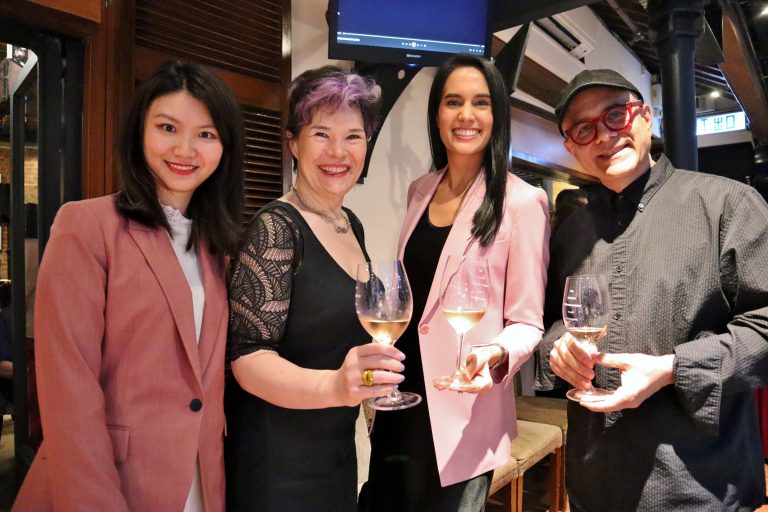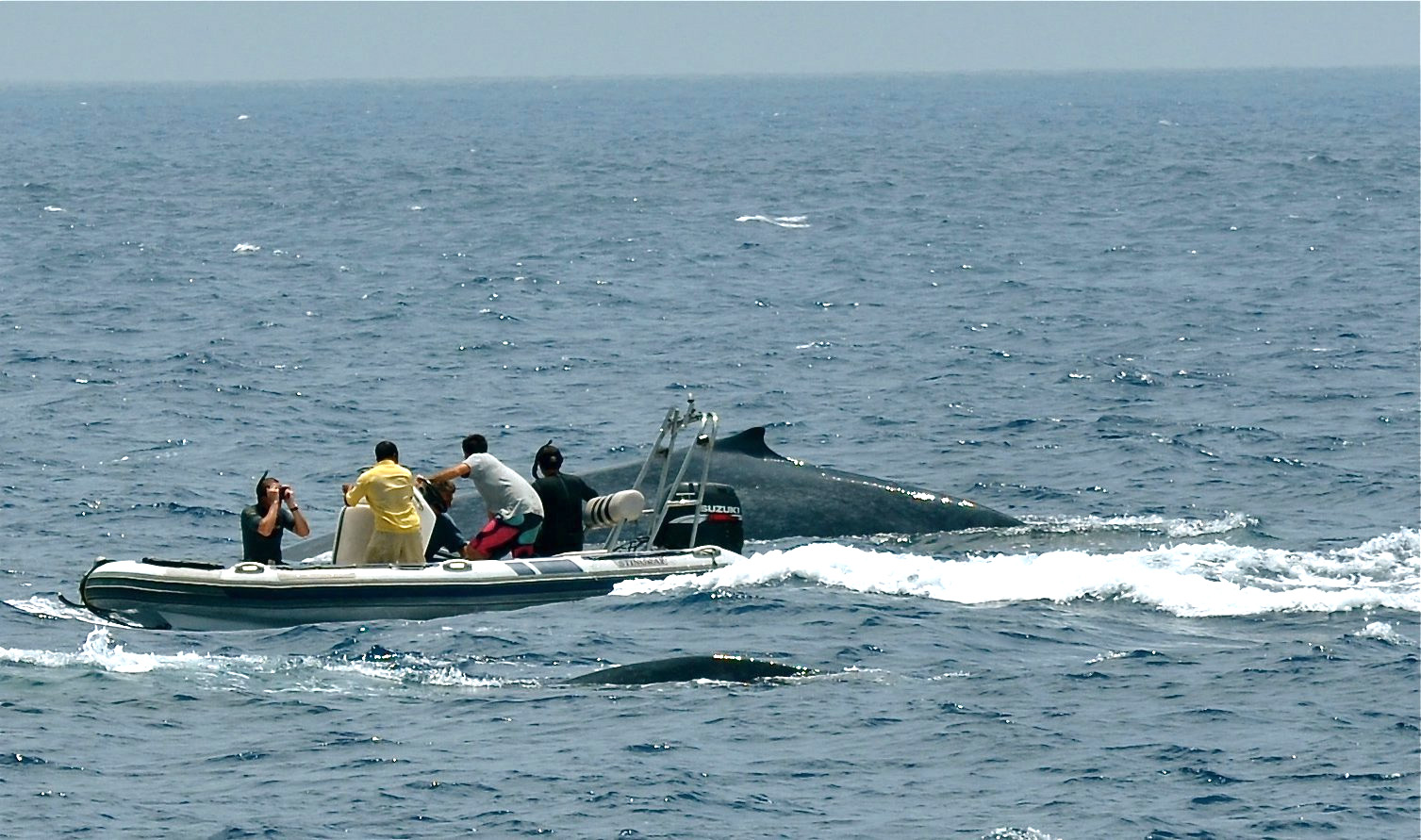
It all began with blue whales
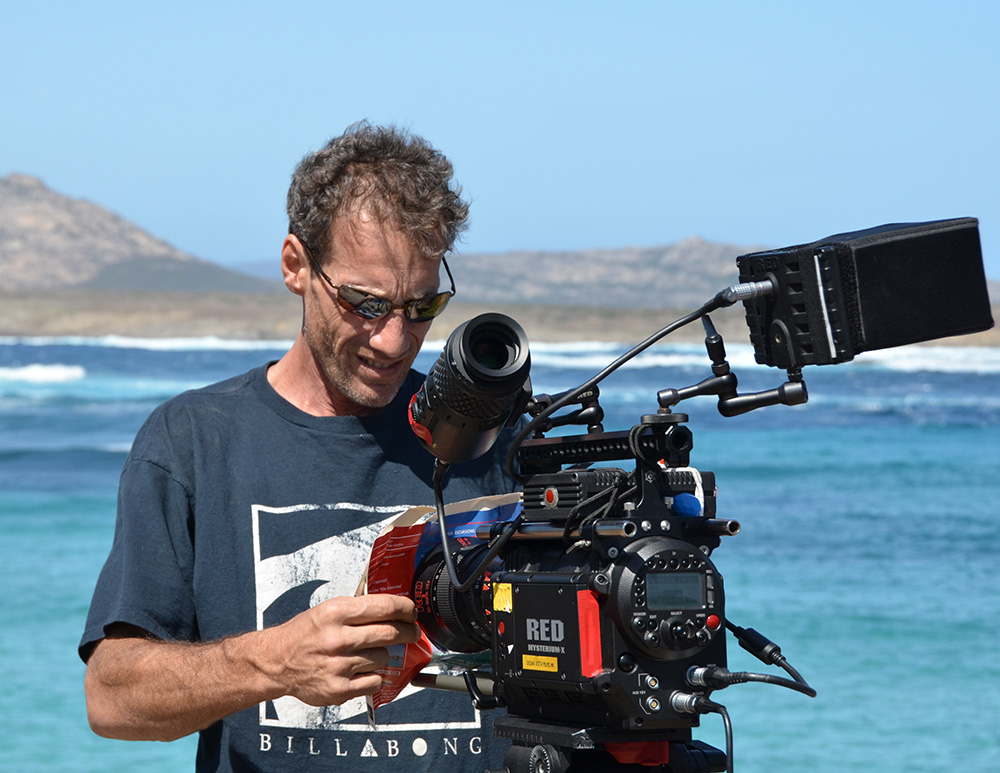
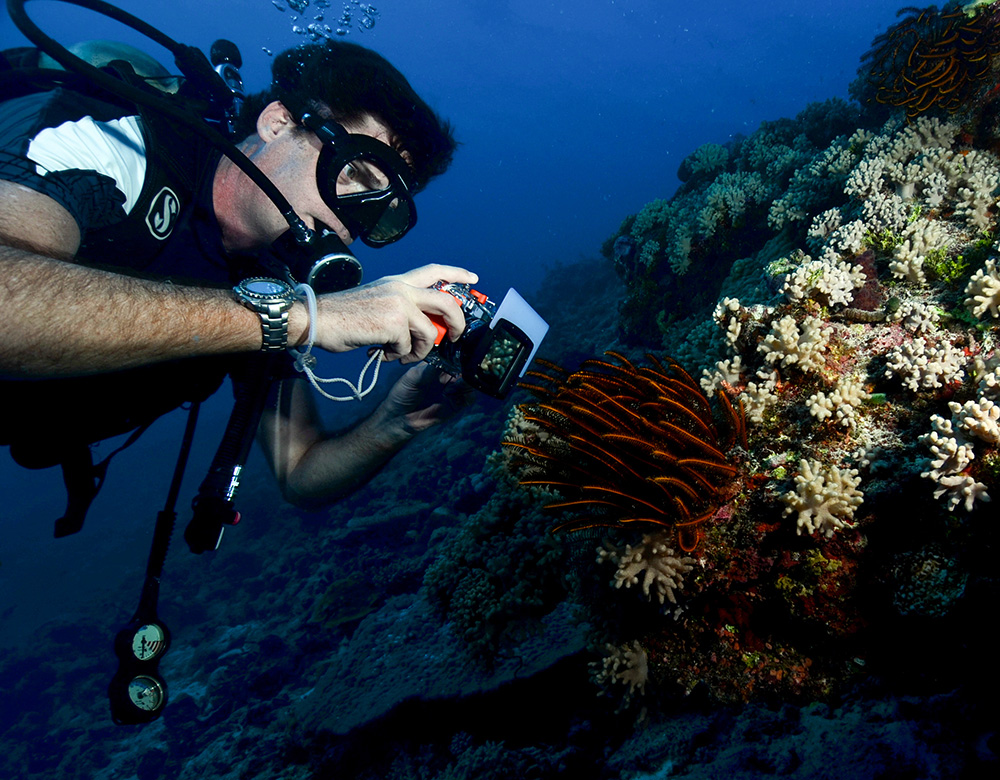 The film ‘A Plastic Ocean’, which will premiere in Hong Kong in October and globally from November, began with the hunt for the elusive blue whale, writes the film’s director and journalist Craig Leeson.
The film ‘A Plastic Ocean’, which will premiere in Hong Kong in October and globally from November, began with the hunt for the elusive blue whale, writes the film’s director and journalist Craig Leeson.
In March, 2011, 30 miles off the southern tip of Sri Lanka, a tiny breeze tickles the surface of the Indian Ocean; the heat radiates relentlessly. Three weeks on a 90 metre research vessel has taken its toll: most of the film crew have deep tans from working in the sun as well as a deep frustration for having been eluded by our quarry.
We have travelled hundreds of miles along the southern coast of Sri Lanka gazing out to sea in the hope of spotting the world’s largest animal. So far, all we have for our efforts, for the hundreds of thousands of dollars of investment, is just one ghostly shot, filmed from just below the surface, of a spaceship-like object swimming 15 metres below. It isn’t enough. Our aim is to be the first documentary team to film the mighty blue whale.
We also planned to conduct scientific research to see if blue whales have been exposed to plastic through their diet and location. But finding these animals is like looking for a giant toothpick in a universe-sized haystack. At a distance, we had seen them blow almost every day. But these animals can spend 30 minutes under water and reach speeds of 20 knots. We simply couldn’t keep up. And a tsunami nearby hadn’t helped. The whales had headed for deeper water. After a massive effort, we were forced to finally turn around and make our way back to Galle. We had to be in port in four hours to make our customs check.
It felt like a terrible defeat. We had moved a film crew of 12 and a ton of equipment half way around the world to a difficult location at great expense. And we had battled bureaucratic and corrupt government officials who almost scuppered the trip before it began. But on this last day something at the back of my mind refused to give up. We were still on the water, we still had a few hours of motoring and that meant we still had a chance of an encounter, no matter how slim that now appeared.
Within half an hour of turning around, I hear magical words: “BLOW”. I rush to port side and see in the distance not one blow, but two. What was different about this encounter was the lack of the tell-tail sign of fluking, which is when the whales point their snouts vertically and begin a deep dive to feed or to just disappear.
I marshal the on-board camera team to set up and our dive crew and cinematographers are already putting the Red cinematic 4k cameras in the heavy Gates underwater housings. We jump in the pursuit boat and we cautiously head towards the lingering behemoths. About 50 metres from our target all three camera teams lift in to the water and begin cautiously finning towards the whales. There are not two, but an entire group, and what appears to be a juvenile. These whales are pygmy blue whales, a slightly smaller cousin of true blues, but blues none the less.
Normally, I direct filming from the boat, but this moment was one I had waited all of my life for. I don my fins and mask and head for the action. Beneath the waves, the family of pygmy blue whales reveals itself. The individuals appear to be resting. This is our moment of truth. Will they hang around and let us film or show their normally shy sides and slip away?
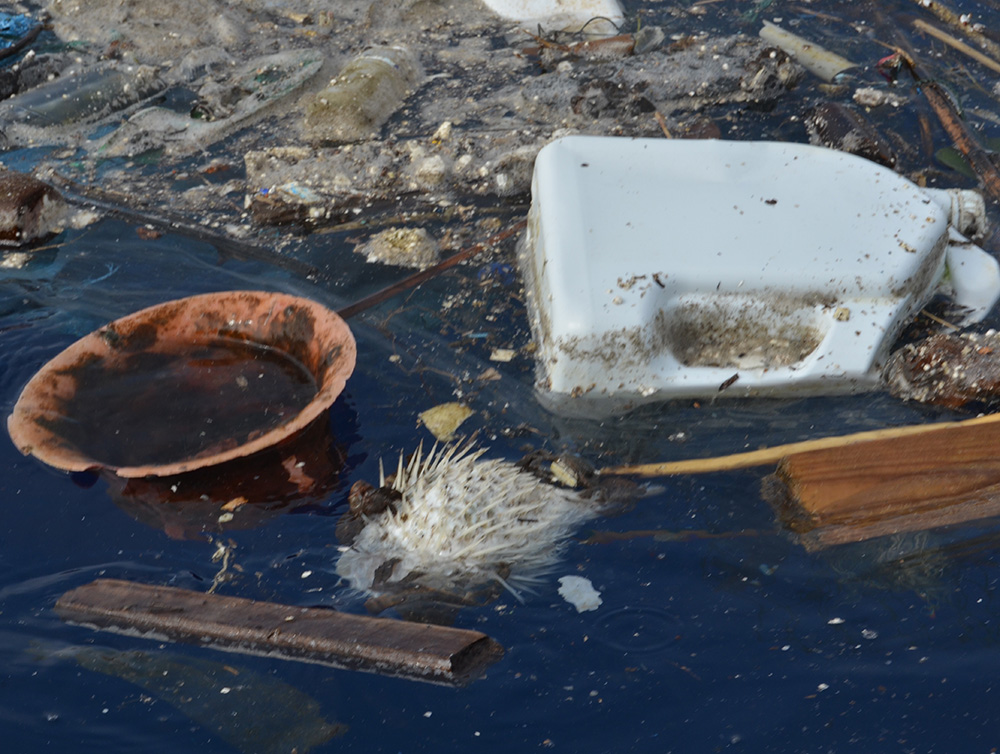
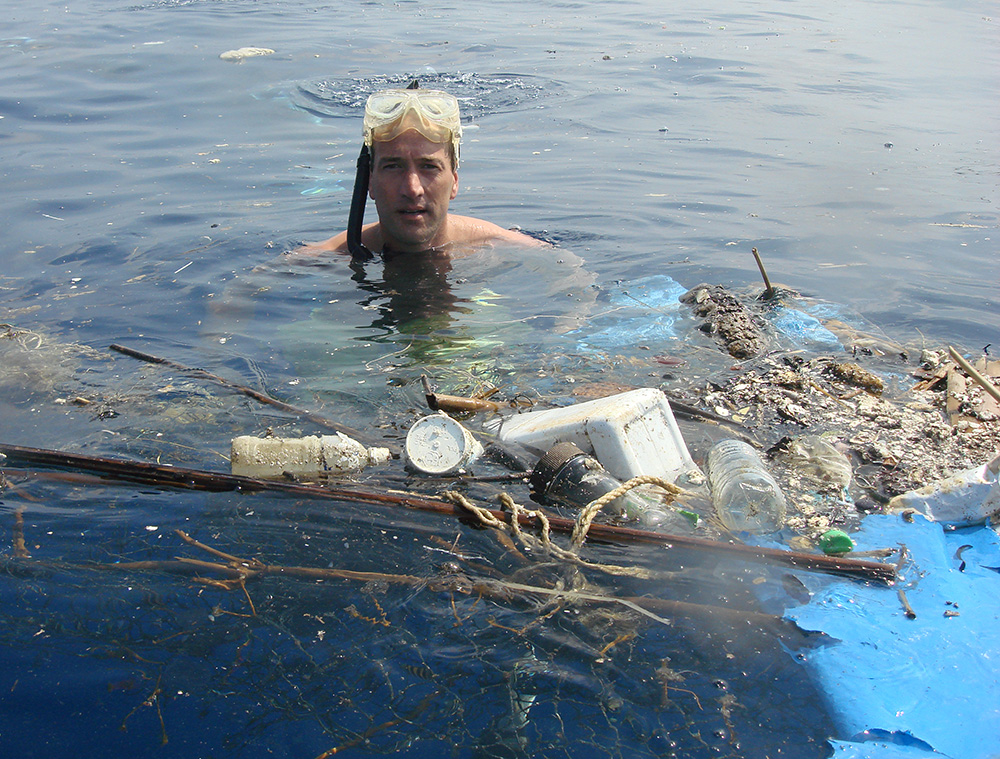 Fortunately, the juvenile is as curious about us as we are of his family. Almost 15 metres in length (just over half the size of his parents), the juvenile turns towards John, one of our cinematographers, dives beneath him and gently moves towards him to take a better look at what he is doing. I can’t believe our luck. After all this time and effort, with just hours to spare, we have a whale performing for us. It is a significant moment.
Fortunately, the juvenile is as curious about us as we are of his family. Almost 15 metres in length (just over half the size of his parents), the juvenile turns towards John, one of our cinematographers, dives beneath him and gently moves towards him to take a better look at what he is doing. I can’t believe our luck. After all this time and effort, with just hours to spare, we have a whale performing for us. It is a significant moment.
We are the first to film pygmy blue whales underwater, and the first to film a juvenile. As these thoughts race through my head I can see through the indigo-blue water a large, blue/grey object ascending through the god rays beneath me. It was the juvenile. Clearly, he wants to engage. I take a deep breath and began to fin towards the whale. The calf rolls to its back and shows me its stomach. Without warning, a massive cloud of bright, chunky orange poo flushes out of its bowels. As I fight to see my way through the cloud and reach the surface I run in to our stills photographer who is laughing uncontrollably. “Mate, you’ve just been pooed on by the rarest animal on the planet.” He’d also been caught in the poonami.
I grab a bucket from the tender and begin scooping up the large, extremely smelly chunks of digested krill waste. Back on the mothership, I take it to our cetacean expert, Lindsay Porter, who is ecstatic. It’s the first time she, or any scientist, has had the chance to examine blue whale poo and she declares that as far as she knows I am the first person to be pooed on by a blue whale. She is extremely excited. The specimen I collected for her was to become very important in the scientific research we conducted on the whales, providing information on DNA, toxicology, diet and other information not normally available to the scientists.
That shoot was the first of multiple shoots we did over the next five years in 20 locations around the world for the documentary feature film, “A Plastic Ocean”. The feature film investigates the global problem of plastic pollution in the world’s oceans, the damage it’s causing to marine life and how it’s coming back up the food chain to poison the species that put it there in the first place – humans. The audience follows an investigative trail, led by myself and world record-holding free diver Tanya Streeter, as we travel the world’s oceans to see if the plastic pollution problem in the north Pacific gyre exists elsewhere on the planet. The results of our investigation are mind blowing, unexpected, depressing, and revealing. But ultimately, as we look at solutions, it is also hopeful.
Our encounter with the whales leads the first eight minutes of the film, but my personal encounter with the juvenile was relegated to the cutting room floor. However, it remains one of the most vivid memories I have of that very first, inspiring shoot and the realisation of my lifelong ambition to meet a blue whale.
And as I sit in the audio engineer’s studio in Los Angeles, putting the final sound mix to the film, I cannot help but reflect on how “A Plastic Ocean” has been an incredible journey for everyone involved. One of our wonderful supporters, Sir David Attenborough, who was kind enough to take part in filming, has described “A Plastic Ocean” as “one of the most important films of our time”. Given the scale of this unfolding environmental catastrophe, his assessment is powerful.
We have learned much on this journey and we want as many people as possible to understand this issue and to be motivated to force society to change its attitude to single use plastic. As Dr Sylvia Earle says: “With knowing comes caring. But if you don’t know, you can’t care.”
See the trailer to the film at www.plasticoceans.org
Oceans-wide plastic waste destroys marine life
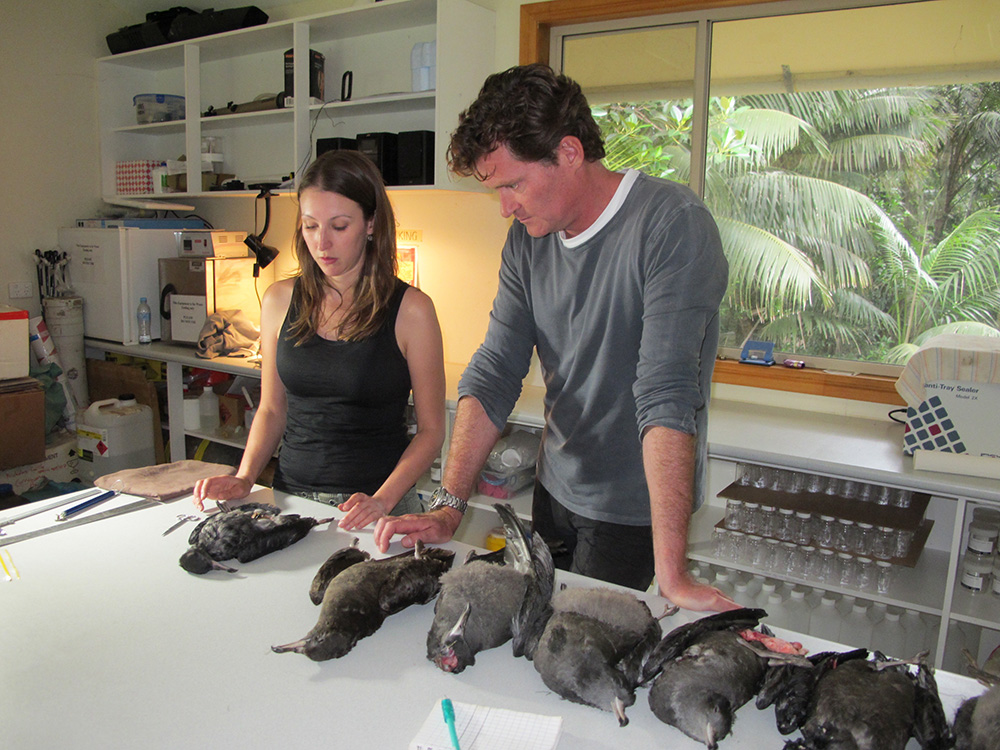
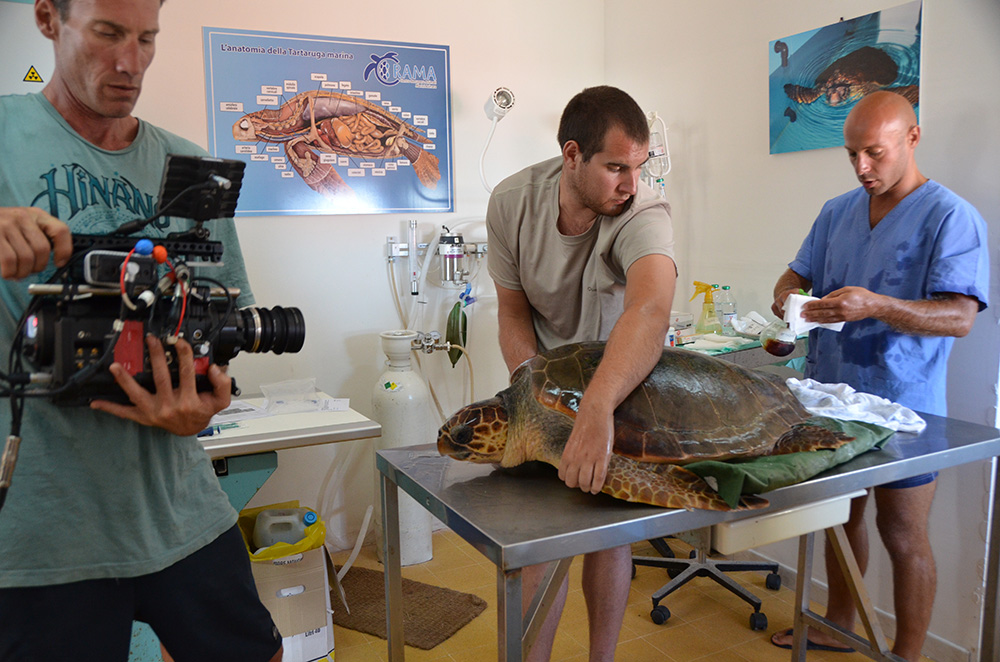 Situated 600 kilometres directly east off Australia’s Port Macquarie lays an irregularly crescent-shaped volcanic remnant in the Tasman Sea. Lord Howe Island is a stunning world heritage site and about as far south as coral will grow.
Situated 600 kilometres directly east off Australia’s Port Macquarie lays an irregularly crescent-shaped volcanic remnant in the Tasman Sea. Lord Howe Island is a stunning world heritage site and about as far south as coral will grow.
Its sandy beaches and sheltered lagoon appear pristine. Wildlife abounds. Hundreds of petrels catch thermals which race up Mount Gower. And the most heroic of all seabirds, the shearwater, call this island home, returning from epic around-the-world adventures to the nesting sites where they were born.
But this island isn’t all it seems. It holds a deadly secret. In the forests of the endemic Kentia Palms small piles of plastic have begun to appear. Man-made, these plastic items – golf tees, pre-production plastic resin pellets, disposable lighters, balloon ties – haven’t come from the island, but thousands of miles away. So how did they end up in the forests, far from the sea?
As we walk along the beaches in the early morning, another mystery reveals itself. Dozens of young fledgling shearwater lay dead, with no apparent signs of physical distress. We pick them up and take them back to a small laboratory in the island’s only town. It’s not until scientist, Jennifer Lavers, performs a necropsy that both mysteries are solved.
Inside the stomachs of every bird we cut open is a gut full of plastic. These babies have been unwittingly fed plastic by their parents foraging for food thousands of kilometres away. Those birds lucky enough to regurgitate the toxic meals do so outside their burrows in the Kentia palm forests, allowing them room for real food. But not all are able to get rid of the human rubbish. And they die in great numbers on the beaches and in the waters off the island.
What’s tragic about this scene is that it is repeated on islands around the world among many different species of sea birds. In fact, Lavers has found that between 96% and 100% of all flesh-footed shearwaters contain plastic and globally it’s around 65% for all seabird species.
This year, more than 300 million tonnes of plastic will be produced. Half of that we consumers will use just once and then throw “away”. But have you ever stopped to wonder where “away” is? What happens to that plastic when we remove it from our personal space?
It was something I hadn’t thought about until a friend, marine biologist and television researcher and producer, Jo Ruxton (producer for the BBC’s “Blue Planet”), called me and asked: “Have you noticed much plastic in the water when you surf and dive?” Over the course of the past few years, no matter where I went I seemed to be finding more and more plastic in the water and on the beaches. Jo told me about the north Pacific gyre and a floating island of plastic as big as Texas. She and executive producer, Sonjia Norman, wanted to investigate the problem and, if it was as bad as it seemed, make a film about it to raise awareness.
The first expedition found that there was no floating island. What they found was far more insidious: 46,000 pieces of micro plastics for every one square mile of ocean.
That trip begged the question: if there’s that much plastic in the north Pacific gyre, what exists in the other four gyres which power the world’s oceans, bringing us weather systems, oxygen, food and water?
After five years of filming and post-production in 20 locations, “A Plastic Ocean”, is now complete and ready for distribution. The 96-minute feature film investigates how plastic is filling up our oceans, choking marine life and coming back through the food chain to make us humans sick.
The results of the expeditions will astound and horrify you. Those dead and dying seabirds we found on Lord Howe Island were just the canaries in the coalmine. We found plastic everywhere, in every ocean; on every beach and in almost every animal we tested. We followed those plastics and the toxins they carry up the food chain… and guess where it ends? Scientists are now proving that plastic and the toxins they carry are causing endocrine disruption to humans around the world. One study by the US Centre for Disease Control found plastic chemicals in 92.6% of every American tested.
Some scientists now say this issue is as urgent as climate change.
The film reveals solutions to the problem, including new technology such as pyrogenesis and pyrolysis. But the very first action we all need to take is to stop putting plastic in the environment in the first place. It wasn’t made by nature and nature cannot deal with it. Our grandparents didn’t see this coming, my generation perpetuated it. It’s now up to our children to recognise this disaster and clean it up so that their children will have a future.







